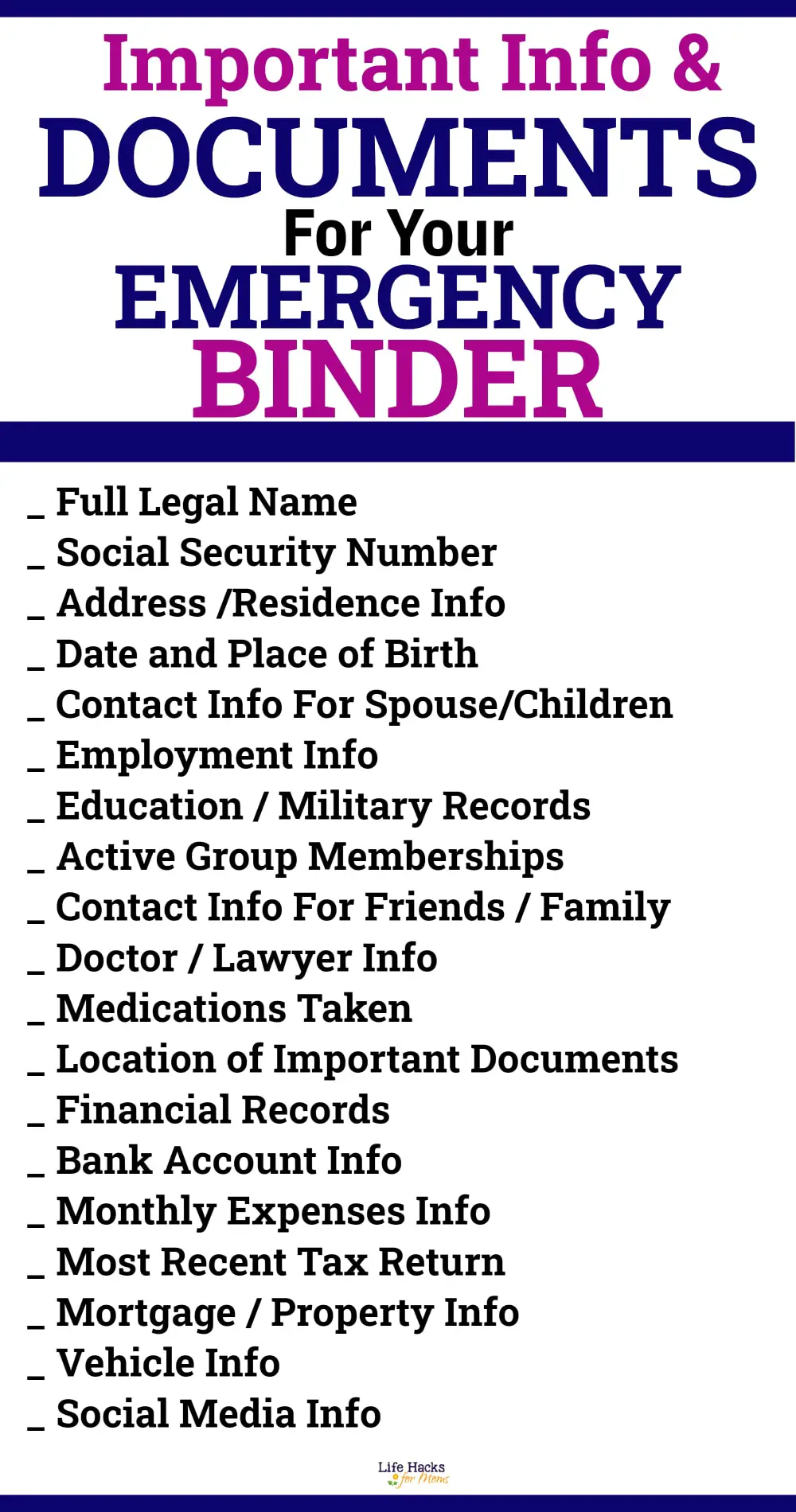5 Essential Tips to Gather Employee Paperwork Easily

Managing employee paperwork is a fundamental part of any HR department, ensuring that all legal and company-specific documentation is in order. However, the process can be daunting and overwhelming, especially when you're dealing with numerous employees or during high turnover periods. In this comprehensive guide, we'll delve into five essential tips to streamline the collection and management of employee paperwork, making the process easier for both HR personnel and employees.
1. Centralize Documentation with HR Software

The cornerstone of efficient paperwork management is to utilize HR software that offers a centralized system. Here’s how this can significantly improve your paperwork gathering:
- Single Source of Truth: HR software provides a single repository for all employee documents, reducing the risk of misplaced paperwork.
- Automated Reminders: Set reminders for document expirations or upcoming renewals, ensuring you never miss critical deadlines.
- Workflow Automation: Implement workflows that automate the collection and processing of documents, including e-signatures for digital forms.
- Improved Security: With access controls, you can ensure sensitive documents are only viewed by authorized personnel.
💡 Note: When choosing HR software, make sure it complies with data protection regulations like GDPR or HIPAA if applicable to your region.
2. Utilize Standardized Onboarding Packets

A standardized onboarding process not only reduces errors but also ensures consistency in document collection:
- Checklists: Create comprehensive checklists that detail all the required documents from new hires.
- Welcome Kits: Provide physical or digital welcome kits containing all necessary forms, policies, and procedural instructions.
- Online Forms: Offer online forms where possible, allowing employees to fill out information before their first day.
- Instruction Guides: Include detailed guides on how to complete each document correctly.
📝 Note: Consider using conditional logic in online forms to display only relevant sections, making the process more efficient for employees.
3. Implement Electronic Document Management

Transitioning to electronic document management can drastically reduce physical storage needs and facilitate easier access to information:
- Cloud Storage: Use cloud-based storage to store and access documents from anywhere, anytime.
- Paperless Workflow: Encourage a paperless environment by digitizing all forms, from tax documents to medical records.
- E-signatures: Employ e-signature solutions for documents that require signatures, streamlining the process and ensuring compliance.
- Data Security: Ensure electronic documents are secured with robust encryption and secure access controls.
🔒 Note: Be aware of the legal implications of electronic signatures; ensure your chosen solution is legally recognized in your jurisdiction.
4. Regularly Review and Update Policies

Staying up-to-date with legal requirements and company policies is crucial to maintaining an efficient documentation process:
- Stay Informed: Regularly check for changes in labor laws, tax codes, and privacy regulations.
- Policy Revision: Update internal policies to reflect changes in laws or company directives.
- Training Sessions: Conduct training for HR staff to understand new procedures or documentation needs.
- Employee Communication: Clearly communicate policy changes to all employees through newsletters or meetings.
5. Employee Self-Service Portals

Offering employees access to manage their own documentation reduces HR workload and empowers employees:
- Upload Capabilities: Allow employees to upload required documents directly through a secure portal.
- View and Edit Personal Information: Enable employees to view, edit, and update their personal details, reducing HR involvement.
- Notification Systems: Set up systems to notify employees when action is needed on their end.
- Friendly Interfaces: Design user-friendly interfaces that guide employees through the process.
Incorporating these five essential tips will significantly streamline the process of gathering employee paperwork. By centralizing documentation, standardizing onboarding, going electronic, staying updated with policies, and providing self-service options, HR departments can manage paperwork with greater efficiency, ensuring compliance and organization. This not only saves time and reduces errors but also enhances the employee experience from their first day with the company. Remember that the transition might require initial effort but will yield long-term benefits in efficiency, data integrity, and regulatory compliance.
How does HR software help with employee documentation?

+
HR software centralizes all employee documentation, automates reminders for expirations, simplifies workflows with e-signatures, and improves security through access controls, making the management of employee paperwork much easier.
Why is a standardized onboarding process beneficial?

+
Standardization reduces errors, ensures consistency in document collection, and saves time by providing a pre-defined set of forms and instructions for new hires.
What are the advantages of electronic document management over traditional methods?

+
Electronic management reduces physical storage needs, speeds up retrieval times, facilitates remote access, enhances data security, and allows for easier compliance with legal requirements through e-signatures and data encryption.
How often should HR review company policies?

+
HR should review policies annually or when there are significant changes in laws or company procedures to ensure all documentation reflects current requirements and practices.
What are the benefits of providing employees with self-service options?

+
Self-service portals reduce the administrative burden on HR, empower employees to manage their own documents, increase accuracy in personal data, and offer convenience for updating records outside regular office hours.



